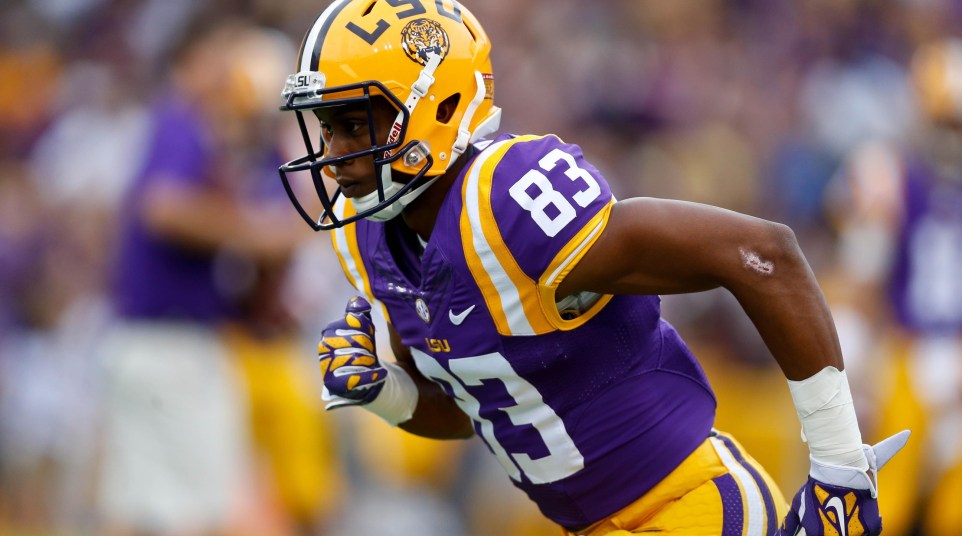New LSU receivers coach will bring the best out of Tigers' talent
LSU has been a wide receiver hotbed for years now. From Josh Reed to Dwayne Bowe to Odell Beckham Jr. and Jarvis Landry, the last decade-plus is marked by NFL-caliber receivers choosing the purple and gold. That’s the kind of player new wide receivers coach Tony Ball will get to work with, and his arrival comes at a good time.
The last few years of receiver recruiting have been fruitful for the Tigers. The 2014 class included Malachi Dupre, a top-five receiver in the class, as well as Trey Quinn and John Diarse. This year’s class includes another top-five receiver, Tyron Johnson, as well as four-stars Jazz Ferguson and Derrick Dillon and three-star Brandon Martin.
LSU is loaded out wide, and outside of Travin Dural, all of its most talented receivers will be freshmen or sophomores in 2015. That’s what makes the hiring of Ball so vital.
In his nine years with the Bulldogs, Ball molded some serious talent. A.J. Green, Marlon Brown and Kris Durham are some of his NFL disciples, and a few more from last year’s team look to be heading that way.
By all accounts, the secret to Ball’s success is that he is an exacting coach. He drills his pupils hard on the fundamentals, from downfield blocking (obviously a big key for the Tigers run-heavy offense) to route running to the simple task of catching the ball.
FWIW my impression of new LSU WR coach Tony Ball from covering at UGA: good technical coach, demanding, precise. Will do well w/ LSU talent.
— David Ching (@ESPNChing) February 13, 2015
Those are the areas that LSU’s young receivers can certainly improve. Against Alabama in particular, a painful overtime loss, the receiving corps was hit with a case of drops that contributed to the loss. That won’t be likely to repeat under Ball, who is notorious for making sure his receivers hold onto the ball when it comes there way.
Improving route running is another area where the majority of young receivers could use work, and it applies to LSU as well. Dural was the Tigers best and only consistent receiving threat in 2014. His best skill was using his speed and quickness to simply dart behind his defender and catch a pass streaking down the sideline. As LSU’s quarterback situation worsened, those opportunities became fewer and farther between, and it wasn’t until LSU decided to incorporate some sweep plays that Dural was able to make an impact again.
Ball should bring improvement in the route-running department, giving LSU a means to help out its quarterback, whomever that may be in 2015. His predecessor, Adam Henry, did well enough developing talent that he’s heading back to the NFL. Ball will pick up right where he left off, sharpening LSU’s assortment of weapons out wide into what LSU can only hope will be one of the more dangerous receiving groups in the conference in 2015.

